As a Ph.D. researcher, I managed the Experimental TV Lab at Georgia Tech from 2006 to 2011, where I led multiple forward-thinking, award-winning, and influential industry research and prototypes for interactive tv/video applications, tablet devices, video game consoles, and touch tables, with partners such as the American Film Institute, Turner, History Channel, MTV, Alcatel-Lucent, and Cisco.
Another line of research I had while at Georgia Tech was Computational Journalism. Contact me if you want more details.
Many of the subjects and design patterns described here were early iterations of video features that now can be seen across the industry, but almost 10 years later.
Below some relevant examples of myself and my team’s work. The eTV Lab is still active and led my mentor and advisor, Dr. Janet Murray.
Smart EPG (2010)
Second-screen use cases were started to be explored by the industry with the release of the Apple iPad. We explored the question of how to use the novel devices to navigate a TV lineup.
We integrated a channel changer with a TV electronic
program guide (EPG) that provided a fast, efficient, and visual way to choose what content to watch.
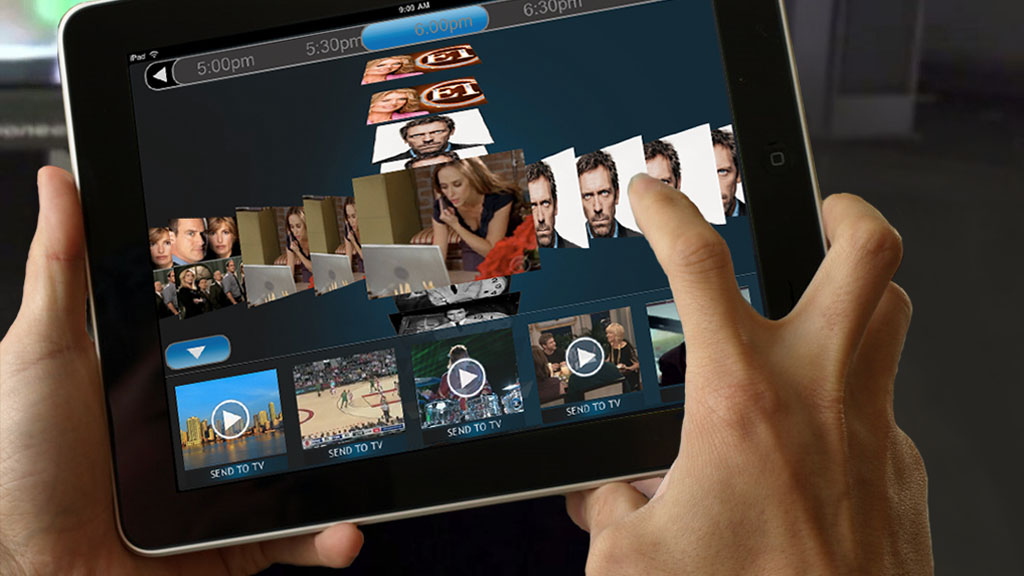
The application provides a novel two-axis navigation strategy for skimming channels at a certain time as well as exploring programs across time. Browsing the television schedule on an active secondary device leaves the main television screen clean of information overlays that obstruct the viewing experience. Also, it provides bookmarking features that are not available on traditional remote controls
More info here.
Widgets for TV (2009)
Before SmartTVs existed, we explored the space of small applications that could potentially run on cable set-top boxes. This project was funded in part by Cisco.
The Widgets for TV (WIT) system is a framework of swappable utilities that promote active and shared viewing. It includes widgets for monitoring, tagging, live commentary, educational annotation, and synchronous remote viewing.
One-button tagging lets the user mark, store, and describe interesting content from TV for later review by using the remote control without interrupting the viewing experience.
More info here.
Avatar Theater (2009)
Avatar Theater promotes active shared-viewing by groups in separate locations watching live or on-demand programs synchronously. The theater extends the traditional home viewing experience, to include the virtual presence of other viewers who can share their reactions to the program in real-time or asynchronously through persistent annotations.
Today, Netflix’s Watch Party and Facebook Watch Party are industry examples that have made these ideas massively available.
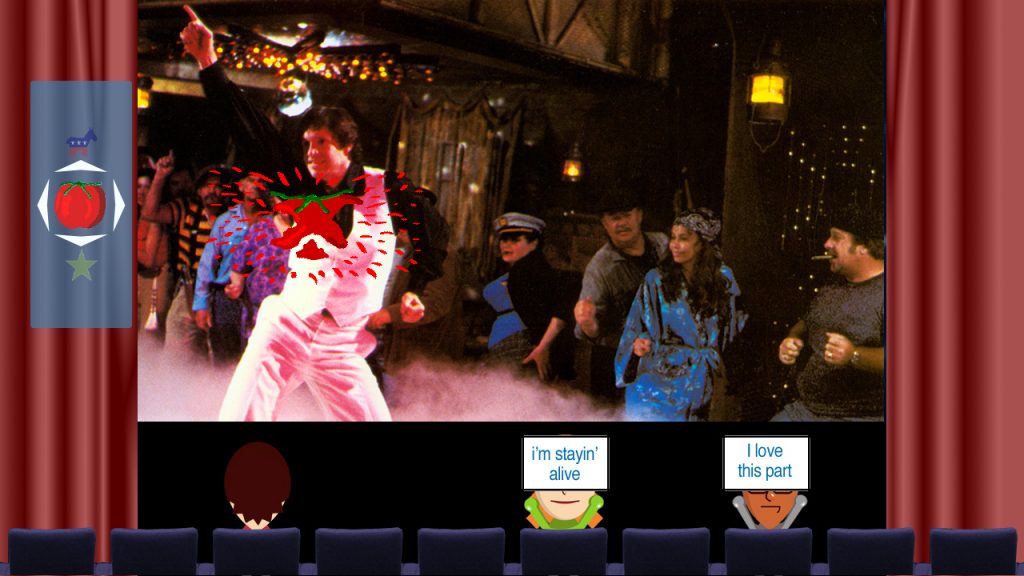
More info here
Sync Game (2007)
Our goal was to mix a tv show experience with a gaming environment: answering the question of how one would “play” a television show. The prototype aimed to bring the traditional “lean-back” experience of consuming television content into the “lean-forward” engagement of a game.
The experience, which was developed in parallel to an industry product as part of the now extinct American Film Institute’s Digital Content Lab provides episodes of Cartoon Network’s Ben 10 animated series integrated with contextual games relevant to the content.
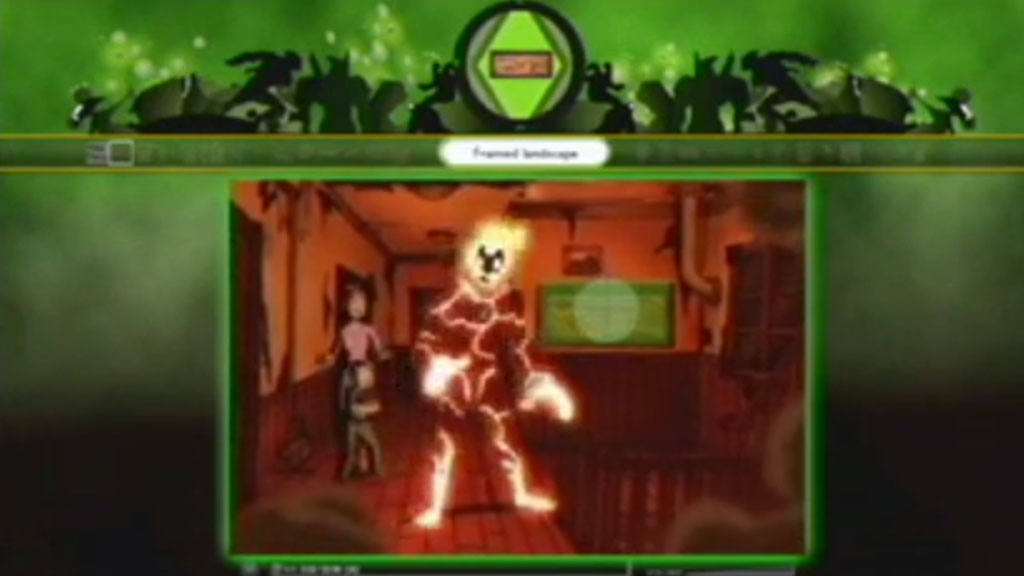
The mini-game we developed highlights different story elements during the playback of the show. Then the user must target them with the game controller to collect them and obtain points which later could be used as tokens within the show virtual community.
More info here.
The Virtual Couch (2007)
The goal of my research was to explore the question of how to enable shared viewing experiences of television.
Watching television has been defined as a social experience since it is a simultaneous communication process where each viewer participates in a mutual effort of understanding and decoding what they see on the screen.
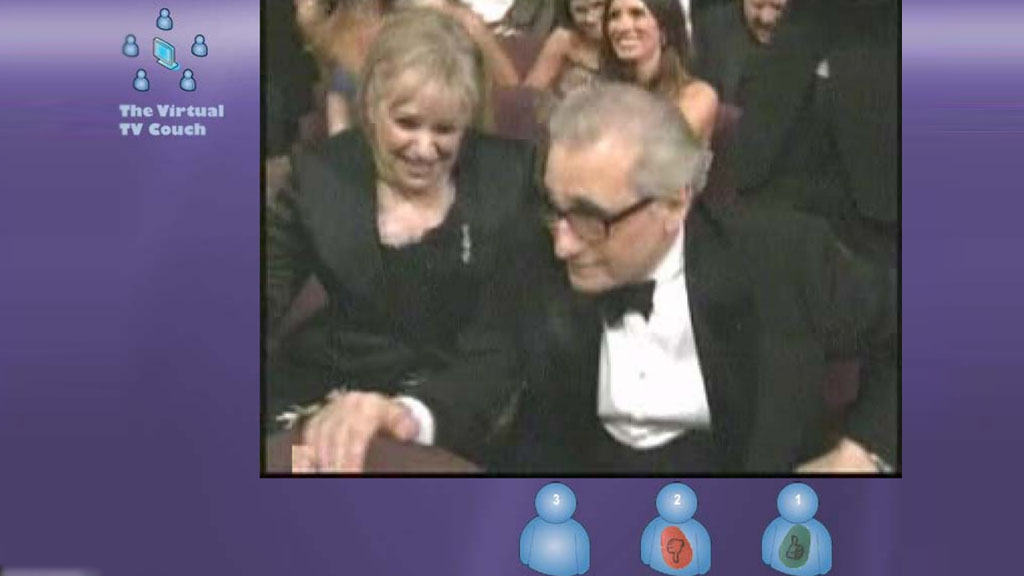
For my prototype, I utilized a customized Digital Video Recorder (DVR) platform to facilitate the interaction of viewers that are watching the same programming but are not in the same physical space. The prototype focused on two areas:
- The power of simple and impulsive user interactions: using simple actions, such as a remote control click, the user can create a poll or share a reaction.
- The importance of intimate communications: the system provides a closed environment of friends for audio and screen communication.
Award: Outstanding Georgia Tech’s Digital Media Masters Project
Academic Paper: Goldenberg, Sergio. DVR’s and micro-social networking – Recreating the shared. TICSP Adjunct Proceedings of EuroITV 2007, Amsterdam, The Netherlands.
World War II – D-Day Video Explorer (2005)
The World War II Experience prototype is designed to enhance the presentation of historical documentaries on television. The prototype exploits the encyclopedic nature of digital media to deliver multiple human perspectives on complex events.
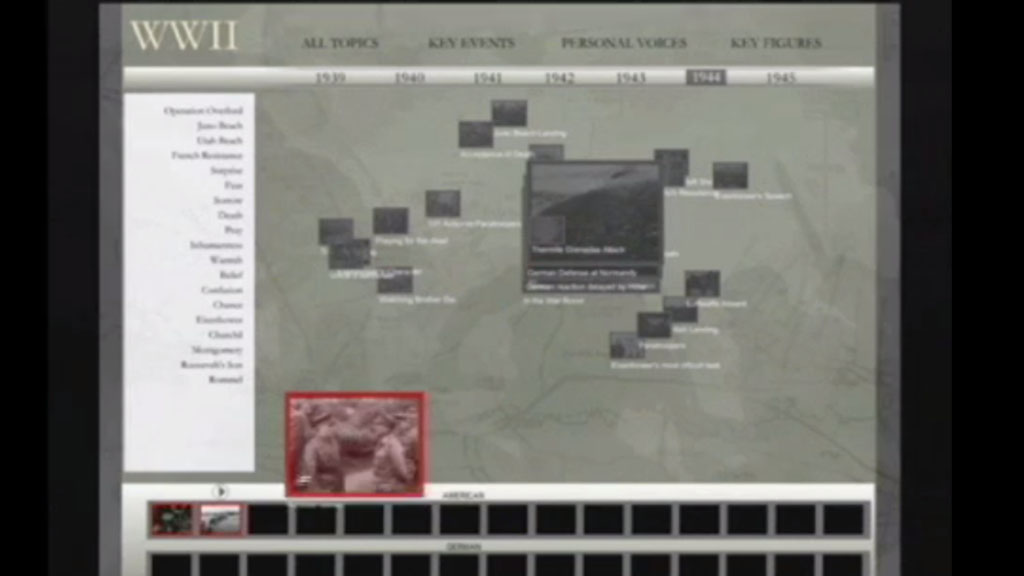
The World War II Experience assumes a broadband, video-on-demand environment that merges the rich content of television with the interactivity and archiving capabilities of the Internet.
The prototype features related clips from key wartime leaders, personal voices, and key events in time. It allows the viewers to sort and choose from many video clips and to notice the connections among related clips. Viewers can create their own playlist and easily switch between the perspectives of American and German leaders and participants. The prototype maximizes the juxtaposition of canonical accounts of the war with local realities through iconic images of key figures and personal stories.
More info here.
